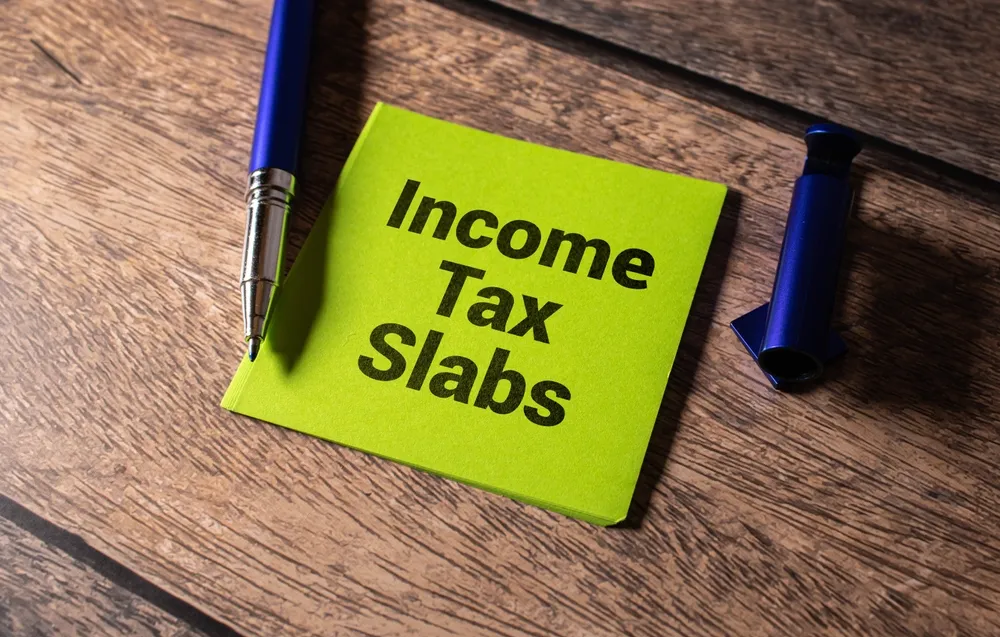Personal Finance News
Income tax changes 2025: Nine must-know updates for every taxpayer

4 min read | Updated on December 05, 2025, 13:41 IST
SUMMARY
As we move into 2026, here is a quick recap of 2025: a year of clearer tax rules, higher take-home pay, and simpler compliance for taxpayers.

The rebate under Section 87A for taxpayers filing tax returns under the new tax regime was increased from ₹25,000 to ₹60,000. | Image: Shutterstock
Two things stood out: more cash for taxpayers and clearer, cleaner rules.
For millions of salaried individuals, the upgraded new income tax regime was the real game-changer, effectively making income up to ₹12.75 lakh ( including standard deduction) tax-free.
At the same time, the government unveiled the New Income Tax Act, 2025, set to replace the old version with effect from 1 April 2026, which is easier to understand.
Add to that the lighter TDS/TCS requirements for small businesses and senior citizens, plus simpler tax slabs.
As we move into 2026, here is a quick recap of 2025: a year of clearer tax rules, higher take-home pay, and simpler compliance for taxpayers
Top 9 income tax changes for 2025
1. Higher tax-free income
Under the new tax regime, there is no tax on income up to ₹12 lakh. For salaried people, the ₹75,000 standard deduction increases the tax-free limit to ₹12.75 lakh.
2. New income tax slabs
| Income Range (₹) | Tax Rate |
|---|---|
| 0 – 4,00,000 | Nil |
| 4,00,001 – 8,00,000 | 5% |
| 8,00,001 – 12,00,000 | 10% |
| 12,00,001 – 16,00,000 | 15% |
| 16,00,001 – 20,00,000 | 20% |
| 20,00,001 – 24,00,000 | 25% |
| Above 24,00,000 | 30% |
Under the new tax regime, individuals earning up to ₹12 lakh per year will not have to pay any income tax. For those earning above ₹12 lakh, the tax rates are structured in slabs: income up to ₹4 lakh remains tax-free, 5% is charged on income between ₹4–8 lakh, 10% on ₹8–12 lakh, and 15% on ₹12–16 lakh. Higher incomes are taxed at 20% for ₹16–20 lakh, 25% for ₹20–24 lakh, and 30% for income above ₹24 lakh per year.
3. New Income Tax Act, 2025
3. TDS changes
Section 193 – Interest on securities: No TDS up to ₹10,000
Section 194A – Interest (other than securities):
-
Senior citizens: ₹1,00,000
-
Others (banks, co-ops, post office): ₹50,000
-
General cases: ₹10,000
Section 194 – Dividends to individuals: ₹10,000
Section 194K – Mutual fund income: ₹10,000
Sections 194B & 194BB – Lottery / crossword / horse race winnings: ₹10,000 per transaction
Section 194D – Insurance commission: ₹20,000
Sections 194G & 194H – Lottery commission / brokerage: ₹20,000
Section 194-I – Rent: ₹50,000 per month
These higher limits mean fewer people will have TDS deducted.
4. Bigger rebate under Section 87A
5. More time to file updated returns
The time to file an updated (corrected) tax return has increased from 12 months to 48 months (4 years) after the assessment year.
6. New ULIP income tax rules
From FY 2025–26, ULIPs (Unit Linked Insurance Plans) with high premiums will be taxed like capital gains.
Specifically, if the annual premium exceeds 10% of the sum assured or ₹2.5 lakh per year, the gains will be taxed at 20% for short-term capital gains (STCG) and 12.5% for long-term capital gains (LTCG).
ULIPs with premiums below these thresholds will continue to remain tax-free under Section 10(10D).
8. Higher TDS limits for many payments
Many TDS categories now have higher limits, including:
Rent (194-I): ₹50,000/month
Interest (194A): ₹1,00,000 for senior citizens
Dividends (194): ₹10,000
Mutual fund units (194K): ₹10,000
Lottery winnings (194B): ₹10,000
These changes reduce the chances of TDS being deducted unnecessarily.
9. TCS changes
Section 206C(1G): LRS remittance & foreign tour: limit increased to ₹10 lakh
Section 206C(1G) : LRS education via loan: No TCS
Section 206C(1H) : Purchase of goods: No TCS
The year 2025 brought clearer tax rules, higher take-home pay, and easier compliance.
Related News
By signing up you agree to Upstox’s Terms & Conditions
About The Author
Next Story





